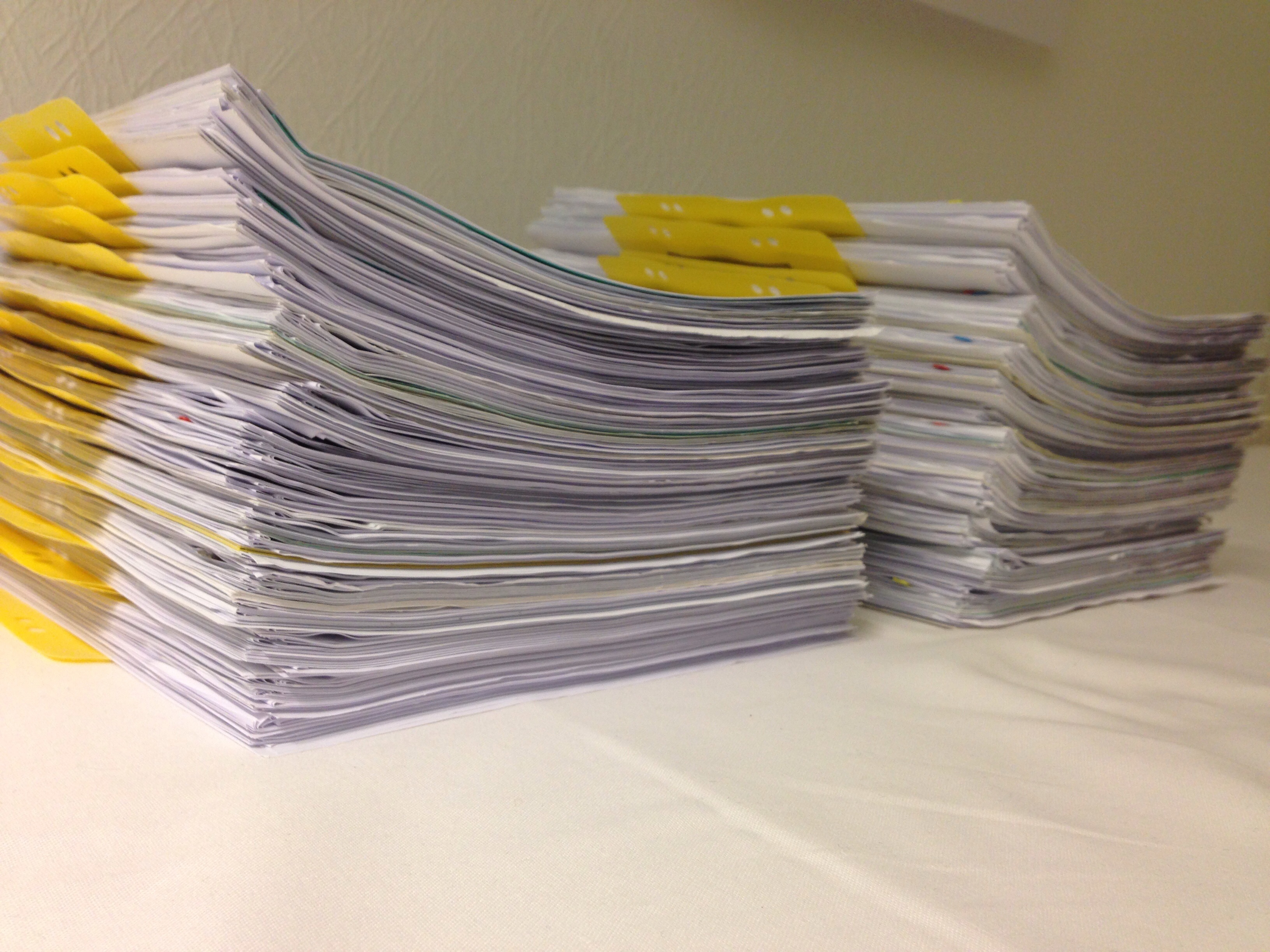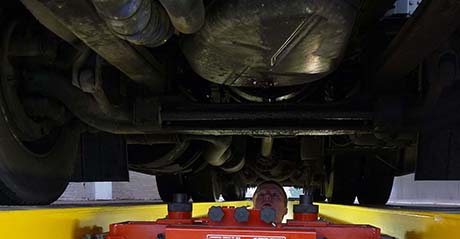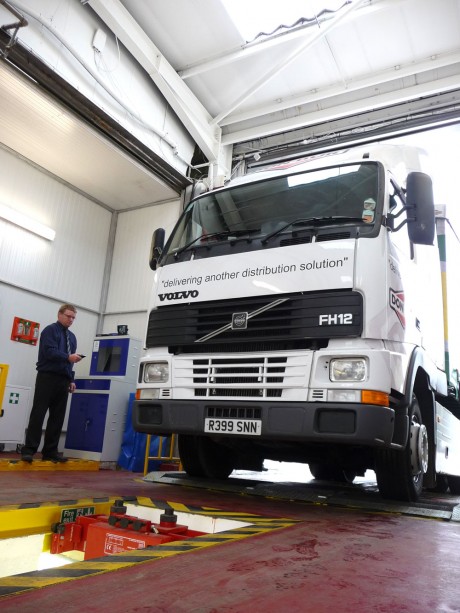The Driver and Vehicle Standards Agency (DVSA) has released the April 2025 edition of the Guide to Maintaining Roadworthiness, the essential reference for legal compliance and safe operation of commercial vehicles and trailers.
This update introduces important legal clarifications, technical updates, and new tools to help operators meet their O-Licence obligations and maintain high safety standards.
Legal Standing and Scope (Section 1.1)
Clarifies which elements are legal requirements (“must”) and which are best practice (“should”), reinforcing the guide’s formal standing as a regulatory reference.
Maintenance Provision and Quality (Section 5)
Introduces the Maintenance Provision Rating Scheme (MPRS) and provides updated guidance on maintaining high standards, whether work is done in-house or via third-party contractors. This includes formal contracts, regular monitoring, and retained operator accountability.
Safety Inspection Facilities (Section 5.1)
Sets expectations for the standard and suitability of inspection and maintenance facilities.
Tyre Management System (Section 5.2)
Provides updated requirements for tyre safety, management systems, and inspections.
Braking Performance Assessment (Section 5.3)
Mandates that every safety inspection includes a brake performance check using:
- Roller brake testers
- Plate testers
- Decelerometers (with brake temperature checks)
- Electronic Brake Performance Monitoring Systems (EBPMS)
Laden testing is expected where feasible, with prior laden test results or formal risk assessments allowed when necessary.
The section goes on to mention "Where EBPMS is not used, it is expected there will be a minimum of four laden brake tests spread evenly across the year, this can include the annual test.".
Electronic Brake Performance Monitoring Systems (Section 5.4)
Clarifies the role of EBPMS, its limitations (notably that it cannot assess parking brake performance), and the additional checks required.
Responsibilities for Outsourced Work (Sections 5.11–5.13)
Clarifies operator obligations when outsourcing maintenance, emphasising the need for formal contracts, oversight, and retained accountability.
Accessing MOT Test Results (Section 6.2)
Explains that MOT certificates are no longer routinely issued on paper; operators must use online records unless a paper copy is specifically requested.
Monitoring Vehicle Safety Recalls (Section 6.5)
Provides improved guidance and access links to help operators check manufacturer safety recalls and take timely action.
We recommend all operators, transport managers, workshops, and drivers review the updated guidance and ensure their processes align with the latest requirements to stay compliant and road-safe.
With thanks to Logistics UK for providing key update summaries used in preparing this overview.
We’d love to hear from you – get in touch today!







